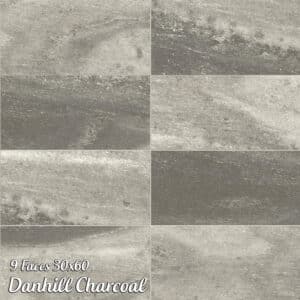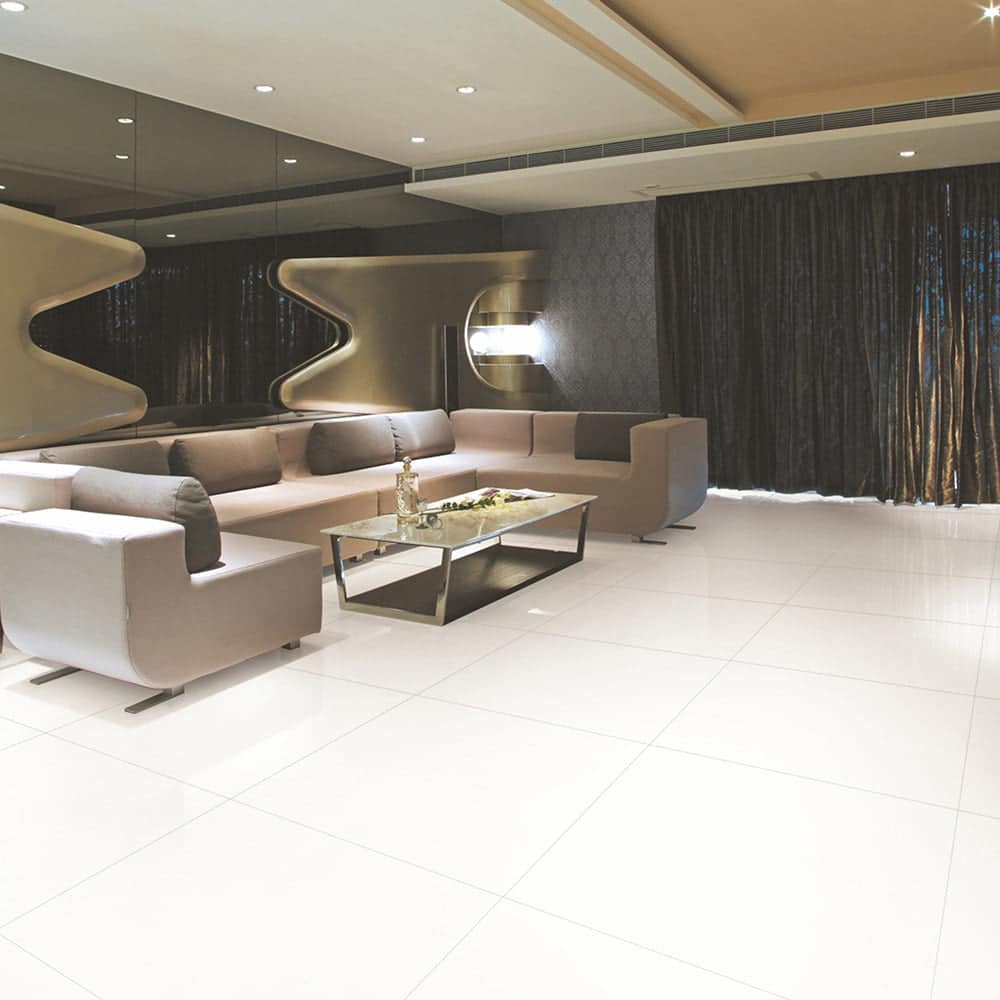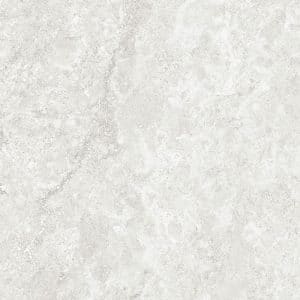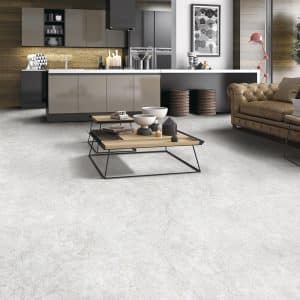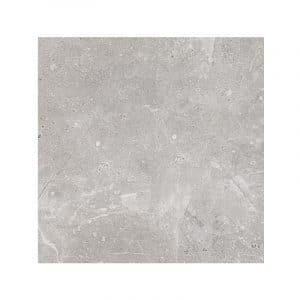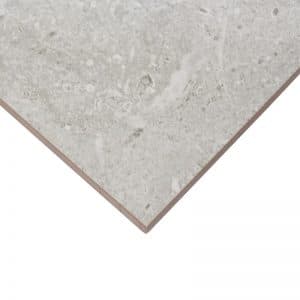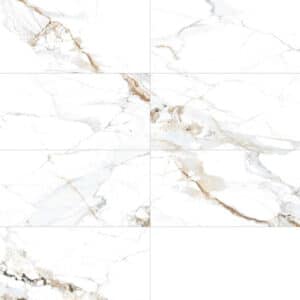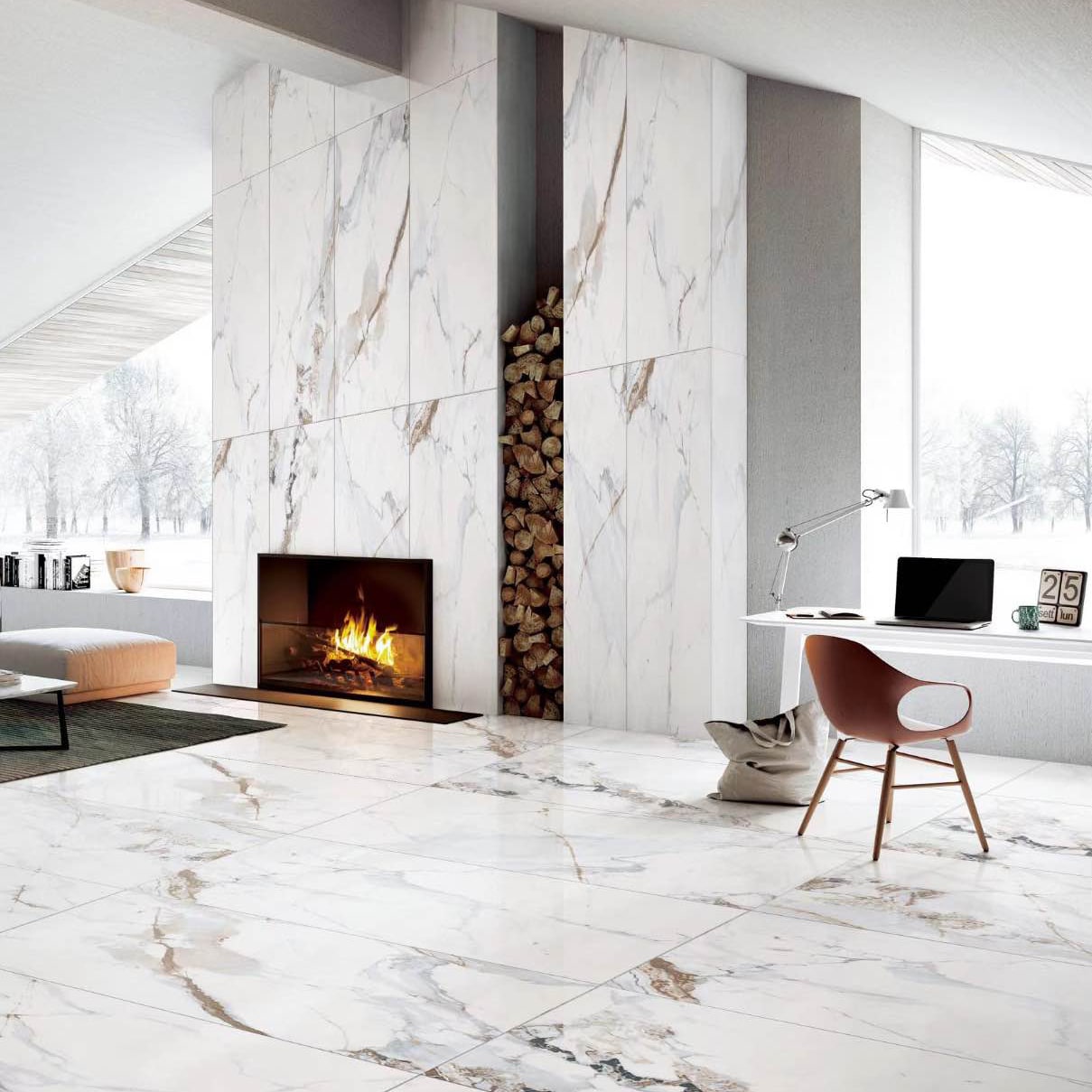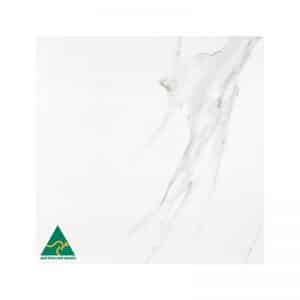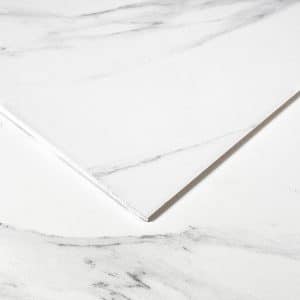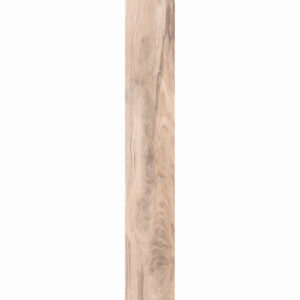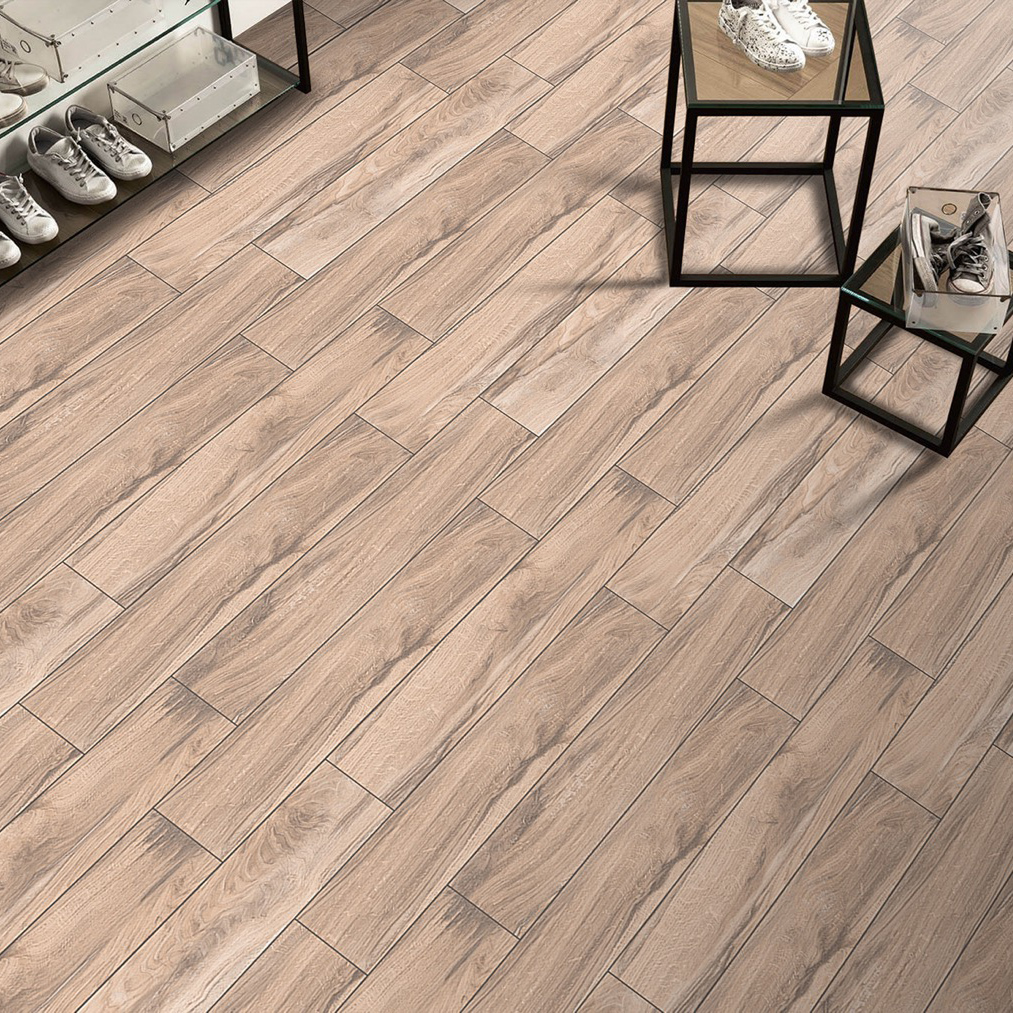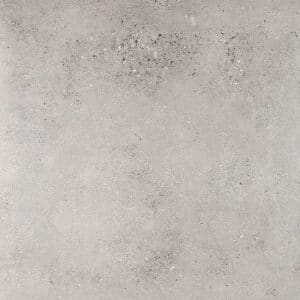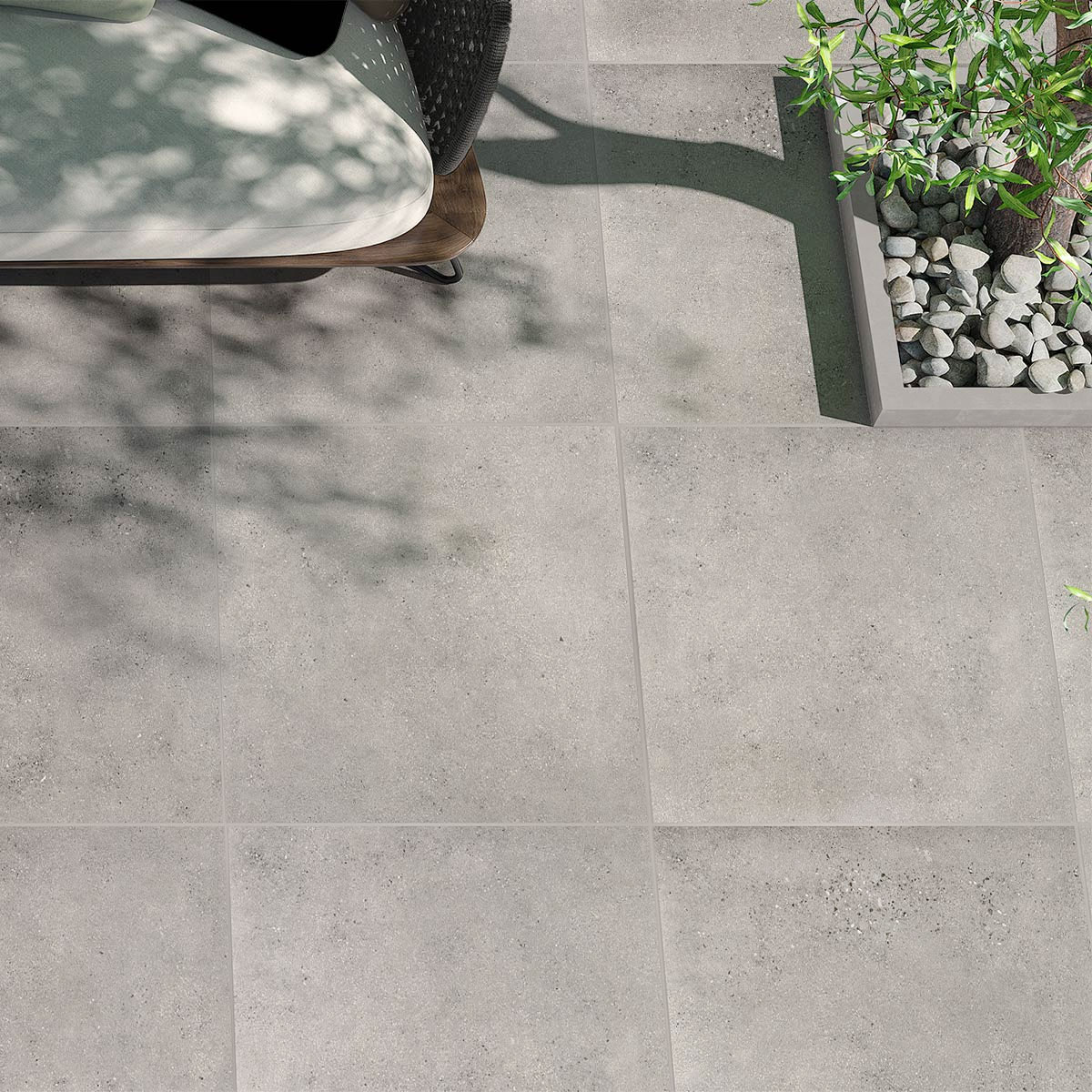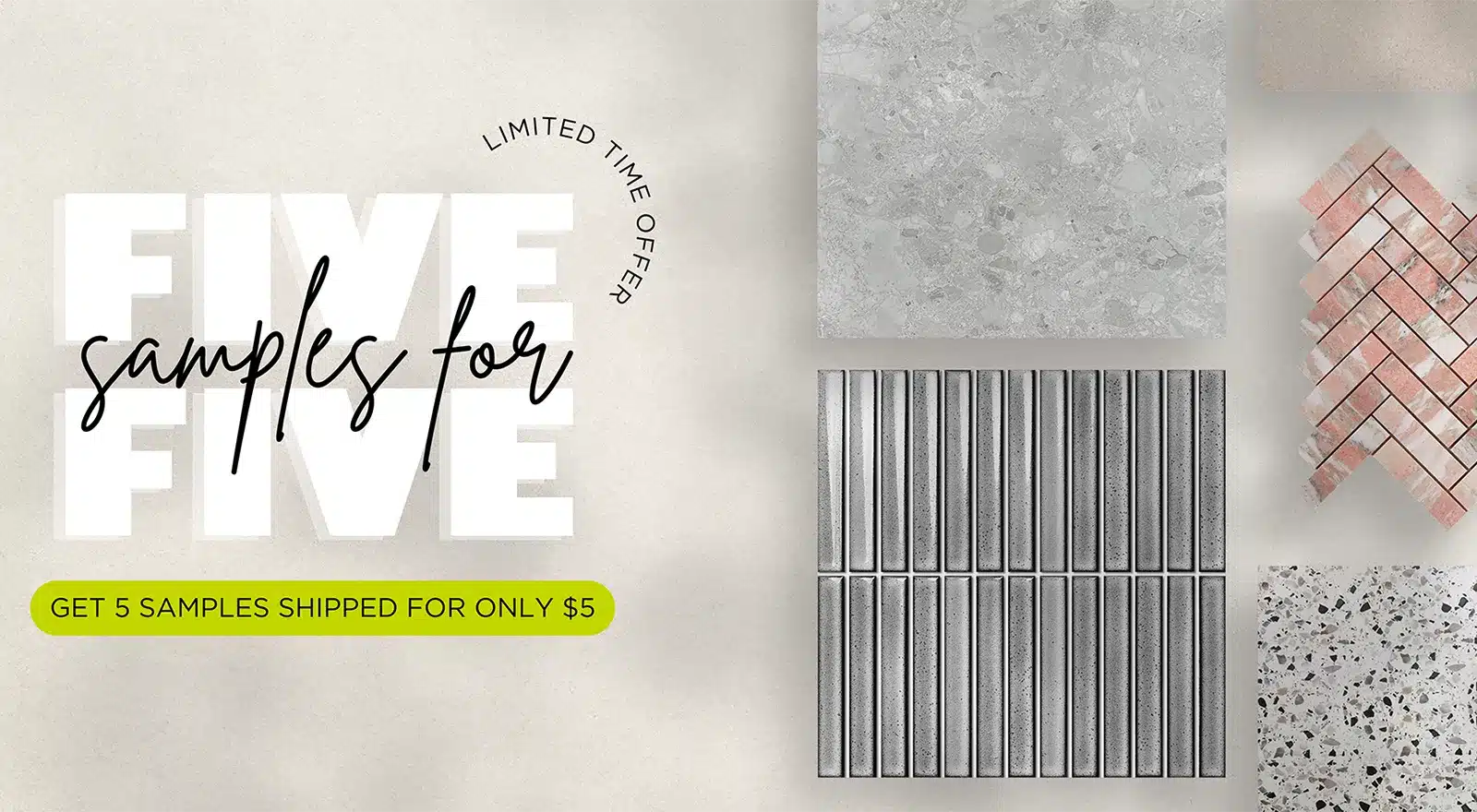Ceramic vs Porcelain Tiles
Whether you’re decorating your bathroom or kitchen, when it comes to choosing your tiles, there’s more to it than colour, shape, and size. In fact, deciding what material you want your tiles to be made from will determine what room they’re most suitable for, how much they’ll cost, and how long they’ll last.
Below, you’ll find all of the information you need to know when it comes to comparing ceramic vs porcelain tiles. We’ll walk you through the pros and cons of each and look at what each is best suited for, helping you find the right choice the first time around.
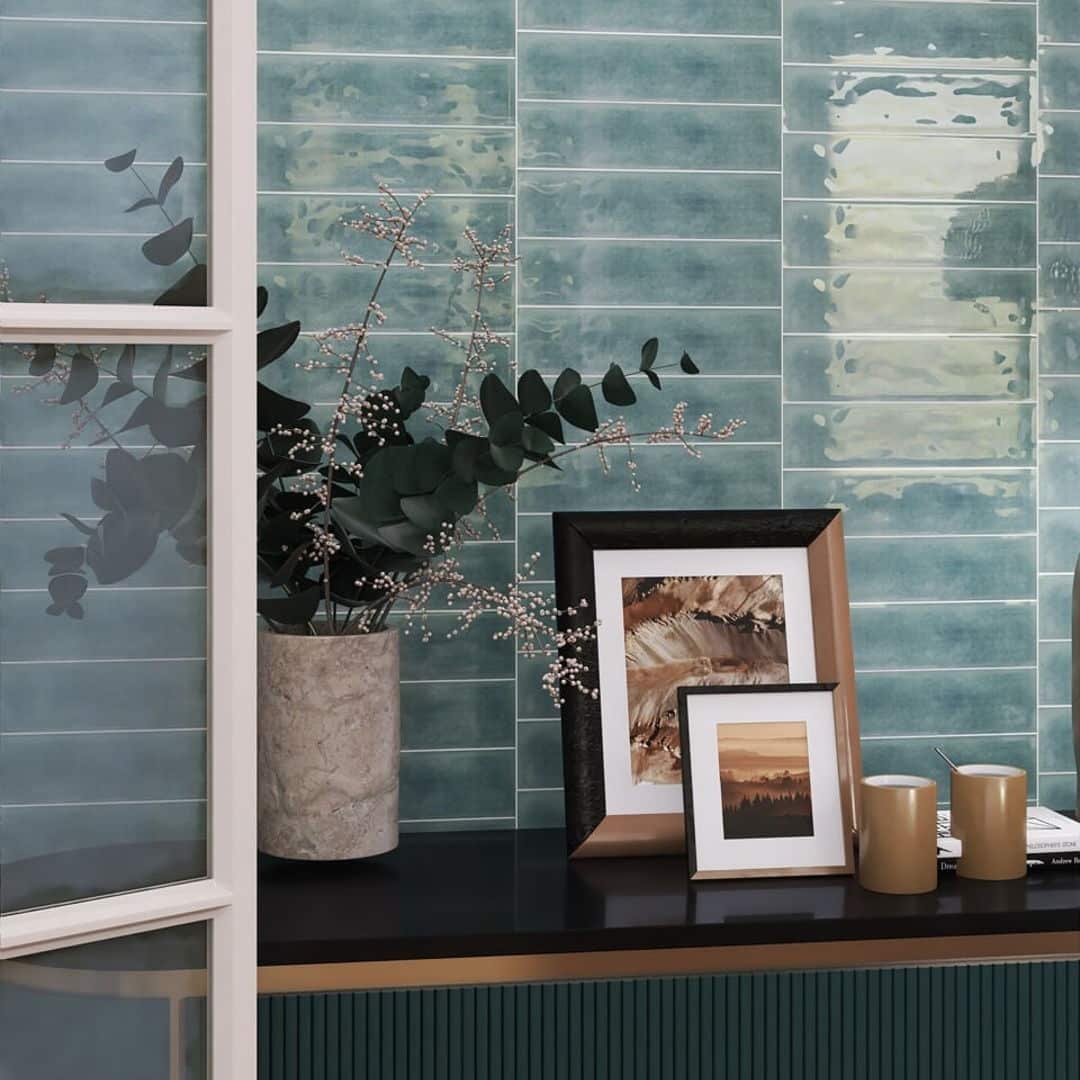
Ceramic Tiles vs Porcelain Tiles at a Glance
While both ceramic and porcelain tiles are made using very similar materials and processes, there are some key differences when it comes to their durability, lifespan, usability, and cost.
| Ceramic Tiles | Porcelain Tiles | |
|---|---|---|
How They Are Made |
Ceramic tiles are made using either natural red, brown, or white clay and are fired at a high temperature before being glazed and, in some cases, patterned. | Porcelain tiles are made from a mixture of white clay, feldspar, and finely ground sand, which are fired together at a high temperature. |
Durability |
While ceramic tiles are easier to cut and shape, this makes them less durable than porcelain tiles. They are also prone to cracking in cold weather, and this makes them a poor choice for outdoor spaces. | As porcelain tiles are heavier and denser than ceramic tiles, they tend to have more strength, and this makes them more durable. |
Lifespan |
Ceramic tiles have a very long lifespan, and if maintained and cared for properly, they can last up to 75 years. | Porcelain and ceramic tiles have a similar lifespan, and you can expect cared-for porcelain tiles to last up to 75 years. |
Cost |
Not only are ceramic tiles cheaper than porcelain tiles, but they are easier to install which means you don't necessarily need to hire professional help. | Porcelain tiles are the more expensive option and are more difficult to lay, so depending on your skill level, you may have to spend even more money to get them installed properly. |
Ease of Cutting |
Ceramic tiles are easier to cut and shape, making them a good choice for awkward areas. | Since porcelain tiles are denser than ceramic tiles, they are harder to cut and shape. |
Water Absorption |
Due to their natural clay construction, ceramic tiles absorb much more water than porcelain tiles. This makes them unsuitable for outdoor use, and also means they are more prone to cracking over time if they get wet regularly. | As the materials used to make porcelain tiles are denser and they are fired at a higher temperature, they are non-porous and have a high level of water resistance. This makes them a good choice for bathrooms and for outdoor spaces. |
Maintenance |
Ceramic tiles are easy to clean, but they are a lot easier to stain than porcelain tiles. This doesn't only make them a little harder to maintain over time, but means you run the risk of staining them through cleaning if you use the wrong materials or processes. | The non-porous properties of porcelain tiles make them very easy to clean and make them less susceptible to staining. This gives them an overall lower level of maintenance and makes them more suited to areas where staining could be a higher risk, such as cooker surrounds. |
Best Used For |
Spaces with awkward corners or edges and people working with a limited budget who need to install their tiles as a DIY project rather than using a professional. | High foot traffic areas and outdoor spaces, such as swimming pools. |
Pros & Cons of Ceramic Tiles
To help make things even clearer, lets take a look at the pros and cons of ceramic tiles in more detail, along with who they are best for.
What Are the Benefits of Ceramic Tiles?
The biggest benefit of ceramic tiles is that they are easier to lay and install, making them a good choice for those taking on their own DIY project. They are also much easier to cut and shape compared to porcelain tiles, taking a lot of stress away from fitting them into awkward spaces.
Ceramic tiles also tend to be available in a wider range of colours, patterns, and intricate designs than porcelain tiles, meaning you’re more likely to find the perfect tile for your project rather than having to settle for what you can get.
Another big advantage offered by ceramic tiles is that they are generally less expensive than porcelain tiles. This makes them a good choice for those working with a lower budget, as well as freeing up space in your budget for other items.
What Are the Disadvantages of Ceramic Tiles?
The main disadvantage of ceramic tiles is that they less durable than porcelain tiles, and even though they have a similar lifespan when properly cared for, their comparative weakness makes them less suitable for high foot traffic areas.
Ceramic tiles are also prone to cracking in very cold weather. For this reason, ceramic tiles can also only be used inside, so they aren’t a good choice if you’re planning to tile an outdoor space.
Who Are Ceramic Tiles Best For?
Ceramic tiles are best used for indoor spaces that contain difficult corners to work with, as they can easily be cut and shape to fit as needed. They are also very good choice if you are working with a smaller budget as they are less expensive than porcelain tiles, and since they are easier to lay, you don’t need to worry about factoring professional installation into your budget.
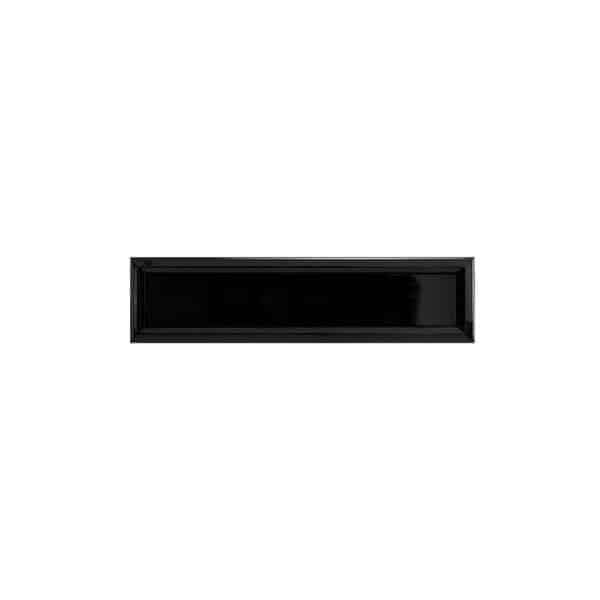
Edge Black Frame Matte Subway tiles 68×280
$49.95 / square metre

Peppa Meridian Black Light Internal Matte tiles 200×200
$226.95 / square metre
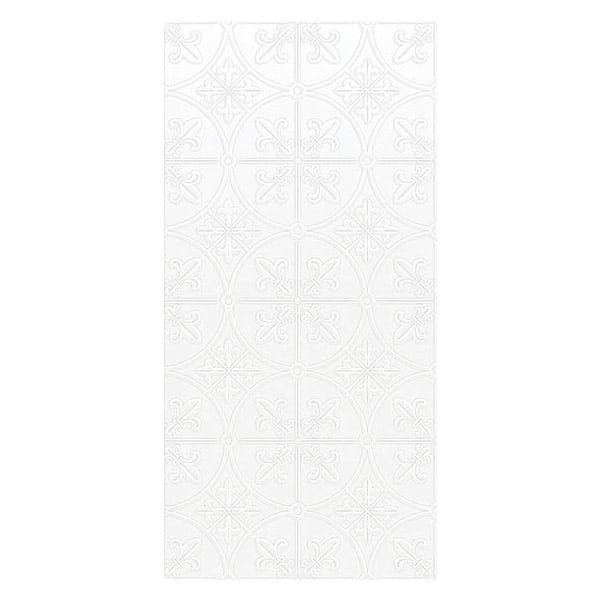
Infinity Brighton Cotton Wall tiles 300×600
$185.95 / square metre
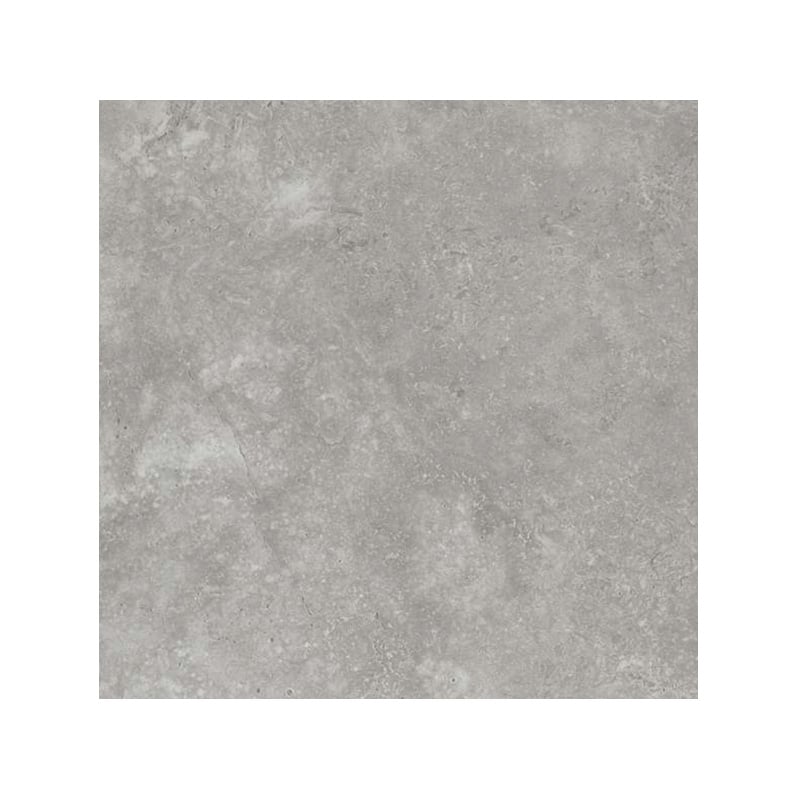
Fossil Stone Pebble Internal Matte tiles 450×450
$24.95 / square metre
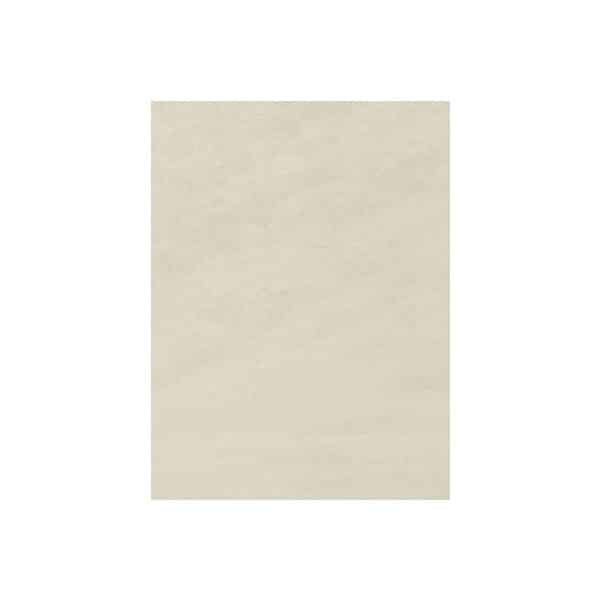
Matang Latte Gloss Wall tiles 300×400
$29.95 / square metre
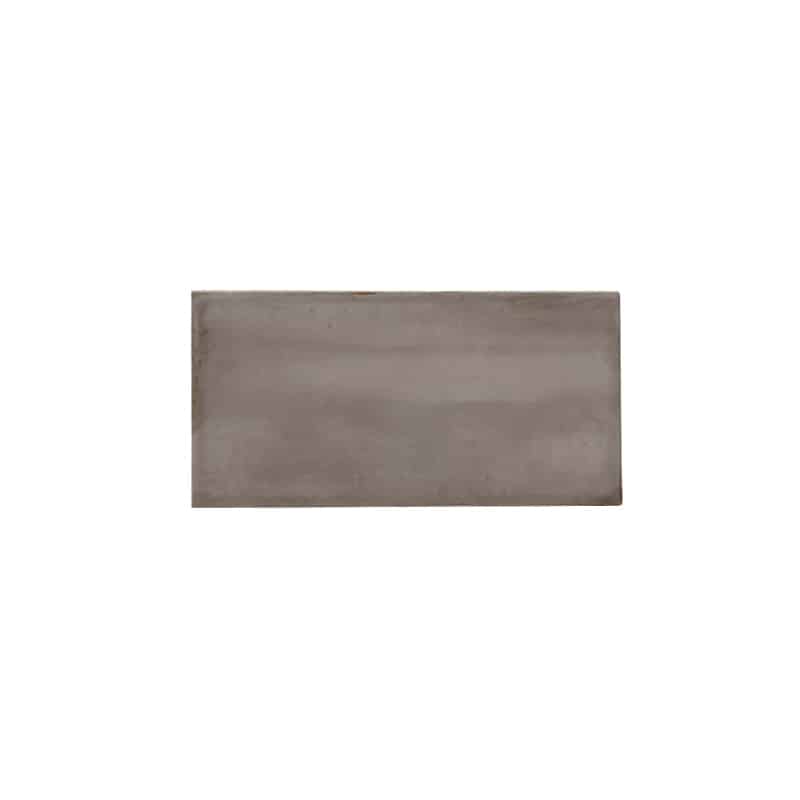
May Grey Matte tiles 100×200
$74.95 / square metre
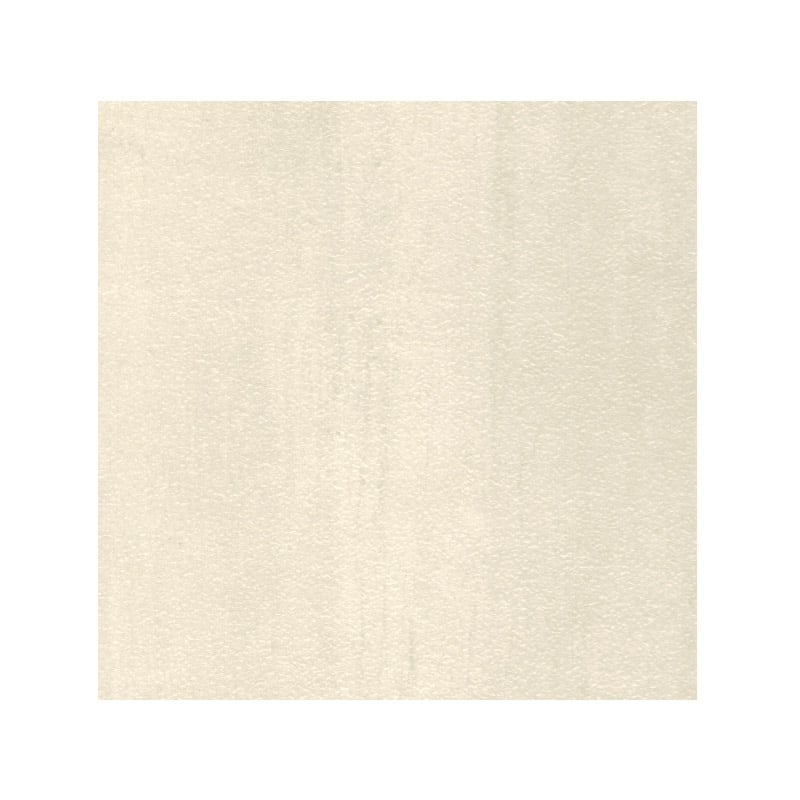
Forma Bianco External tiles 450×450
$31.95 / square metre
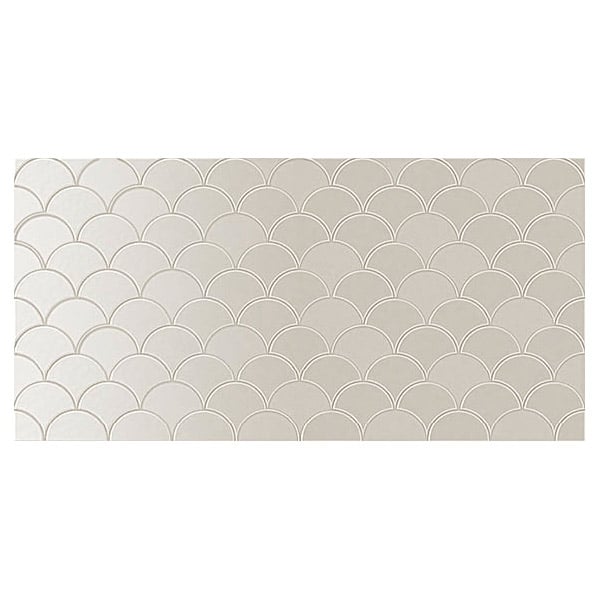
Infinity Koi Barley Wall tiles 300×600
$185.95 / square metre
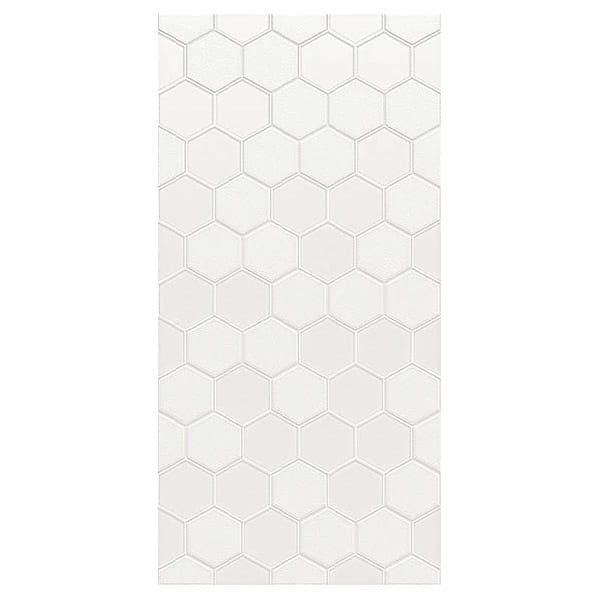
Infinity Geo Feather Wall tiles 300×600
$185.95 / square metre
Pros & Cons of Porcelain Tiles
Still not sure if porcelain tiles are the right choice for your space? Let’s take a look at the benefits and disadvantages of each, before explaining who they are best suited to.
What Are The Benefits of Porcelain Tiles?
One of the biggest benefits porcelain tiles has to offer is its strength and durability. Since they are denser than ceramic tiles, they are able to handle wear and tear a lot better, and this makes them a good choice for areas with a lot of foot traffic.
Another benefit that porcelain tiles have is their non-porous properties, which means they have a very high level of water resistance and, in turn, they are less prone to cracking or water damage. This makes them a good choice for kitchens, bathrooms, and laundry rooms where the risk of splashing water and steam is higher, as well as outdoor areas and swimming pools.
What Are the Disadvantages of Porcelain Tiles?
One huge disadvantage of porcelain tiles is that they tend to come in basic colours and designs compared to ceramic tiles, which means you have a limited choice when it comes to creating a unique space.
Porcelain tiles are also much harder to cut and shape than ceramic tiles, and if you’re attempting to cut them yourself, you may find that you break quite a few in the process. They’re also more difficult to install, and this can push the overall cost up as you may need to hire a professional to lay them for you.
On the subject of costs, porcelain tiles are also more expensive than ceramic tiles. So, with this and the need for professional installation in mind, they aren’t suitable for people who need to stick to a lower budget.
Who Are Porcelain Tiles Best For?
Porcelain tiles are best for people who need durability over style, as while they aren’t available in as many colour or pattern choices as ceramic tiles, they are stronger and denser. This makes them an excellent choice for busy areas of the home where they will act as a durable floor and wall tile.
The non-porous nature of porcelain tiles also makes them a good choice for areas that are likely to get wet often, including shower walls and kitchen sink backsplashes. This, paired with their durability, also makes them the best choice for tiling outdoor areas.
Final Thoughts on Choosing Between Ceramic & Porcelain Tiles
As you can see, there are some key differences between ceramic and porcelain tiles, and keeping these in mind when decorating any space is essential to ensure they are suitable for the area and last a long time. Should you want a wider range of colours and patterns to choose from, and durability is less of a concern, ceramic tiles are the way to go. Porcelain tiles are the best option if you need something very hardwearing or you’re tiling an outdoor space.

